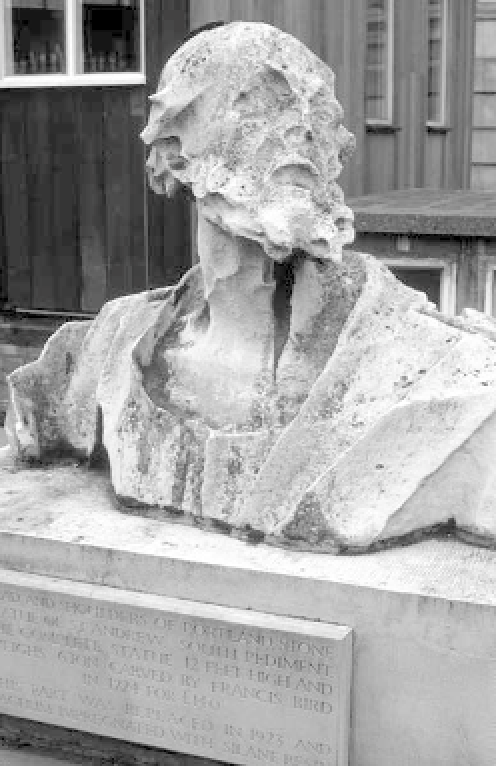Geology Reference
In-Depth Information
and saprolite is the portion of the regolith that remains
in the place that it was weathered, unmoved by mass
movements and erosive agents. Geomorphic processes of
mass wasting and erosion have moved the mobile upper
portion of regolith, sometimes called the mobile zone,
residuum, or pedolith. Weathering processes are influ-
enced by climate, rock type, topography and drainage,
and time. Climatically controlled leaching regimes are
crucial to understanding the building of new clays (neo-
formation) from weathering products. A distinction is
made between weak leaching, which promotes the forma-
tion of2:2clays, moderate leaching, which encourages
the formation of1:1clays, and intense leaching, which
fosters the formation of aluminium hydroxides. The
world distribution of weathering crusts mirrors the world
distribution of leaching regimes. Weathering processes
attack historic buildings and monuments, including the
Parthenon and St Paul's Cathedral, and they can be a
factor in understanding the occurrence of some human
diseases.
ESSAY QUESTIONS
1 Describe the chief weathering
processes.
2 Evaluate the relative importance of
factors that affect weathering.
Plate 6.5
A bust of St. Andrew, removed from St. Paul's
Cathedral because of accelerated decay.
(
Photograph by Heather A. Viles
)
3 Explore the impact of weathering on
human-made structures.
Low iodine levels lead to the enlargement of the thy-
roid and to the deficiency disease known as goitre. This
disease is common in the northern half of the USA, prob-
ably because the soils in this area are deficient in iodine
owing to low levels in bedrock and the leaching of iodine
(which has soluble salts) by large volumes of meltwater
associated with deglaciation. Weathering may also influ-
ence the accumulation of toxic levels of such elements as
arsenic and selenium in soils and water bodies.
FURTHER READING
Goudie, A. (1995)
The Changing Earth: Rates of Geo-
morphological Process
. Oxford and Cambridge, Mass.:
Blackwell.
A good section in here on rates of weathering.
SUMMARY
Ollier, C. D. and Pain, C. F. (1996)
Regolith, Soils and
Landforms
. Chichester: John Wiley & Sons.
An intriguing textbook on connections between geomor-
phology, soil, and regolith.
The weathered mantle or regolith is all the weathered
debris lying above the unweathered bedrock. Saprock


